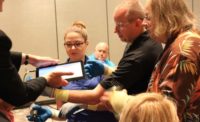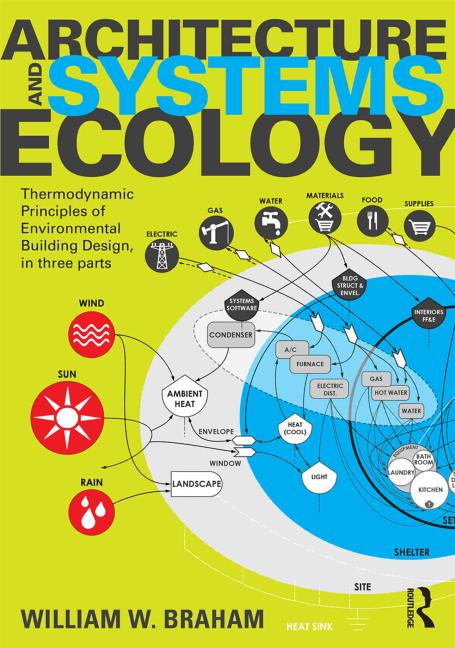Those attending the American Architectural Manufacturers Association (AAMA) 2018 Fall Conference heard from Sylvia Moore, director of technical development at Shintech, regarding PVC resins and compounds and their different attributes. She discussed the versatility of the material, as well as the importance of sustainability efforts pertaining to PVC.
“This presentation is geared toward explaining the different attributes of PVC resins and how to evaluate resins coming into the plant,” said Moore. “It’s also about how the different attributes related to finished product quality and how different molecular weights of resins can affect properties and other additives when manufacturing a final PVC product.”
Moore went into the history of the material, which was first developed in 1926, and noted that the first AAMA standard for vinyl windows and doors was released in 1986. She reviewed the different types of PVC resin, which include dispersion/emulsion resin, mass resin and suspension resin – the latter of which is used in building and construction and is mainly extruded, injection molded or calendered – a type of processing that uses large rolls to make flat wide film.
While resin in the U.S. is made via the ethylene process, Europe uses oil, and Asia (particularly China) has both acetylene and ethylene processes. However, the acetylene process requires the use of coal.
Moore said that understanding additives and raw materials is “critical to being a successful manufacturer,” whether one is molding or extruding. Knowing the effect of the formulations is also important, she said.
“Putting together your formulation is much like baking a cake,” Moore said. “PVC is a unique polymer in that you have to add a lot of things to it to get the products you want.”
This is why it is so well liked, she said, because it is so versatile.
“It can be flexible, it can be rigid, it can be weatherable, it can be put into airplanes,” she said. “The ingredients that go into a PVC formulation govern what products can be produced from it.”
For example, a window may use PVC in its injection molded parts -- the pieces that open and shut a double hung window – as well as in that same window’s profile.
“Your glazing beams and gaskets are flexible, as opposed to the frame itself, which is rigid and weatherable,” Moore said. “But it’s all made from PVC.”
More information about AAMA and its activities can be found via the AAMA website, https://aamanet.org.








